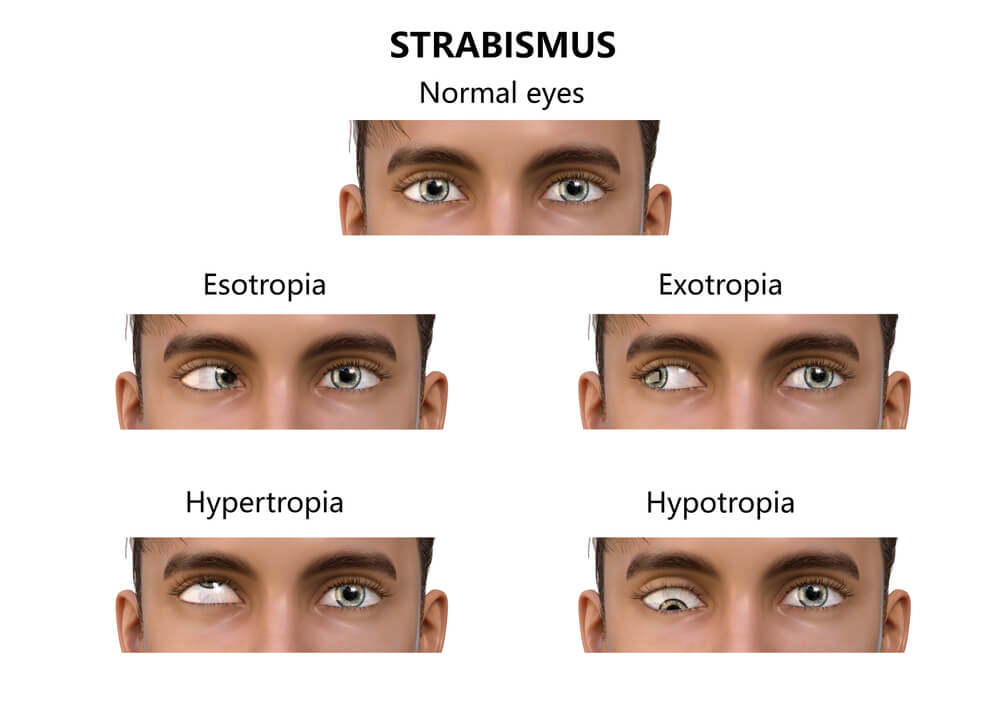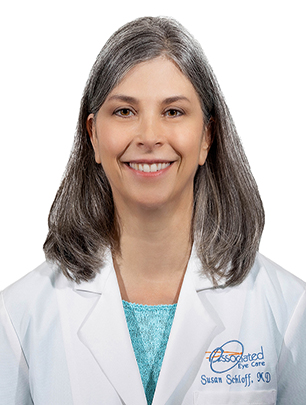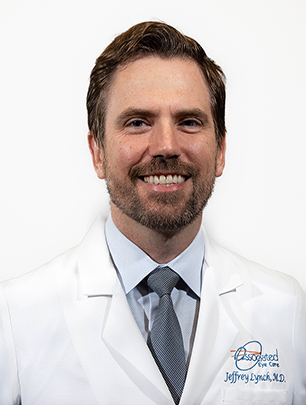X
Are you an adult suffering from crossed eyes? Do your eyes tend to not work together well? These are often common signs that you could have what is called adult strabismus.
Adult strabismus causes one or both eyes to look in different directions. Many adults have had it since childhood. It can also occur later on in life. The condition may happen only when an individual looks in one direction.
 There are four types of adult strabismus:
There are four types of adult strabismus:Those who have constant strabismus have at least one eye that doesn’t look straight ahead. Eye patches, drops, and glasses may reduce or stop minor misalignments. Surgery is often the best permanent fix for adults who have adult strabismus.
People with intermittent strabismus are less likely to need surgery because their eyes don’t turn constantly. Their eyes sometimes look parallel. They can often function well with vision therapy, glasses, or patches.
Adults may experience sudden, intermittent symptoms that develop into constant strabismus with age.
Stiffness or weakness in the six muscles that control the eyes causes strabismus. One muscle controls the right movement while another directs the eye to look left. The remaining four muscles control up, down, and angled movements. These muscles cause strabismus if they do not work together in tandem.
Adults with strabismus may have had it as kids, but their bodies corrected their eye muscles as they grew. Others received treatment like eye patches that fixed the issue in their youth.
The muscles may weaken or stiffen with age. Those that are older have a higher risk of developing the condition. This is regardless of if they had it as children.
People with strabismus may have other health problems that disrupt their eye muscles. You have an increased risk of developing adult strabismus if you have had orbital or ocular eye surgery.
This is only a concern if the surgeon damages muscles in the eye. You also have a higher chance of developing strabismus as an adult if you have been in an accident or had a head injury.
Diabetes, strokes, and hypertension can limit the ocular muscle circulation or harm the nerves that operate them. Brain stem tumors, eye tumors, and thyroid disease may also increase the likelihood of experiencing double vision due to eye misalignment.
Strabismus affects around 4 percent of adults and 4 percent of kids younger than age 6. Those that are 65 years of age and older with adult strabismus are up to 27% more likely to have a musculoskeletal injury or fracture. This may be because of limited depth perception, as well as double vision.
Those with normal eyesight look at one thing simultaneously. This means sending one image at a time to the brain. Children with strabismus see two images. Their brains filter out the picture from the eye that isn’t looking straight.
Without correction or natural improvement, they may only process information from their aligned eye. This prevents them from seeing depth.
For adults with strabismus, they see two separate images. This causes double vision. Adults with strabismus have brains that are used to seeing through both eyes.
This makes them incapable of choosing to see only out of the aligned eye. Adults with this condition may complain of tired eyes or eye fatigue.
It may feel as if something is pulling when they move their eyes. It’s common to lose depth perception, see double, struggle to read, and experience blurred sight because of the misalignment. Many individuals need to adjust their heads to improve their vision. This may lead to neck and back problems.
Outpatient surgical correction is often the best option for adults with strabismus. The condition is only likely to worsen as a result of the aging process.
Surgeons will adjust the muscles by loosening, tightening, or moving them to improve eye alignment. One procedure may provide satisfying results. Several surgeries are sometimes needed to address several muscles.
The ophthalmologist uses local anesthesia to numb the area around the eye. They may use general anesthesia, so you are not conscious during the procedure. People who are anxious about the surgery often prefer this option because it is less stressful.
The surgeon cuts into the eye tissue to reach the muscles. They will tighten, loosen, or move them to align the eyes. They may repeat this procedure on both eyes if needed. Patients can return to regular eye use in several days.
Doctors recommend avoiding swimming or heavy lifting to prevent strained muscles and infection. Some people experience temporary nausea from the anesthesia.
Many patients have limited discomfort and no pain at the surgery site. The eyes are often red, and the eyelids may swell as the muscles heal. Over-the-counter medications and ice compresses can limit these side effects.
After the procedure, you may perform eye exercises. This includes focusing on different points to loosen and strengthen your eye muscles. These tasks can reduce the likelihood of strabismus worsening and prevent symptoms like headaches due to eye strain.
Patients with strabismus are often diagnosed by holding one hand over an eye to see if double vision stops. If this simple step prevents seeing two images, the person likely has strabismus.
Eye doctors will test symptoms such as blurred vision and misalignment that’s visible when looking at the patient. The eye doctor will record a full medical history. This will include strokes, hypertension, and thyroid disease that may contribute to the issue.
Age is a contributing factor to strabismus. Older individuals are more likely to develop the condition. There is no age “too old” to undergo corrective eye surgery so long as it can improve their quality of life.
At Associated Eye Care, our surgeons that provide care during strabismus procedures are Dr. Schloff and Dr. Lynch. Both Drs. Schloff and Dr. Lynch have an extensive amount of experience when it comes to helping patients with strabismus treatment.
If you’re interested in scheduling an adult strabismus evaluation in our Woodbury location, please call (651)275.3000 or request an appointment online.
We also offer well vision visits, glaucoma tests, and cataract care. There are seven convenient locations across Western Wisconsin and Eastern Minnesota.
Protect your family’s vision health by using our high-quality, timely care. Schedule your eye exam at Associated Eye Care in Woodbury, MN today!
Our excellent team of providers is here to make sure your experience is a positive one. Whether it's our doctors or our professional staff, we promise to make every effort to give you the best possible care.

Dr. Schloff is a board-certified ophthalmologist specializing in general and surgical pediatric eye care and adult strabismus. She has a special interest in Juvenile idiopathic arthritis (JIA). She devotes most of her surgical time to pediatric and adult strabismus, including eyes that are crossed, wandering, or causing double vision.
She received her BA degree at Brown University, her medical degree from Case Western Reserve University in Cleveland, OH, and completed her ophthalmology residency at the Medical College of Wisconsin in Milwaukee. She chose to specialize in children’s eye diseases and moved to Toronto, ON for fellowship training at the Hospital for Sick Children before returning to her native state of MN. She is a member of the MN Academy of Ophthalmology, having served as president and treasurer. She was a member of the multidisciplinary task force for the Minnesota Department of Health, which reviewed and designed the guidelines for vision screening exams for all Minnesota children. She has participated in clinical research with colleagues at several local children’s hospitals and has been a member of PEDIG, a national group of pediatric eye doctors who collaborate to solve medical and surgical problems in children. Since 2018, she has volunteered one week each summer as the camp doctor in northern Minnesota.
Dr. Schloff enjoys cooking, skiing, reading, and traveling. Her recent new adventures include rowing, gourmet cooking, and bird watching. She and her husband may often be found relaxing at their cabin near a small stream in Western Wisconsin with their 11-year-old yellow lab, Argo, and their 1 yr old rescue dog, Kirby. They are excited to travel to Flagstaff this year to spend time with their first granddaughter.

Dr. Lynch joined Associated Eye Care in 2012. He was born and raised in Iowa City, IA, and received his Medical Degree and Master’s Degree in Public Health from the University of Iowa. As a medical student he was elected by peers & faculty into the Gold Humanism in Medicine Honor Society. He completed his medical internship at Loyola University Medical Center in Chicago, followed by residency in Ophthalmology at Saint Louis University where he was selected to serve as Chief Resident of the department. He then returned to the University of Iowa for fellowship in pediatric ophthalmology & adult strabismus, where he received the Fellow Teaching Award and the Hansjoerg E. Kolder Memorial Humanitarian Award. In his career he has authored several peer-reviewed manuscripts and presented at several regional and national meetings.
In his free time he enjoys spending time with his wife and two young children as well as playing a variety of recreational sports. He is also the CEO & Founder of ReSpectacle, a non-profit online eyeglass recycling organization.